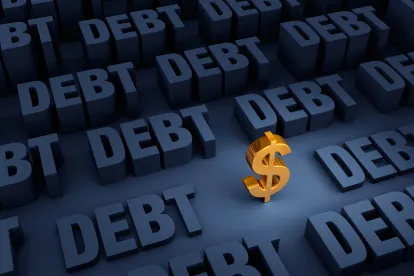In a unanimous decision affirming the Sixth Circuit, the Supreme Court held that creditors have 14 days to appeal a bankruptcy court’s denial of relief from the automatic stay. In one of the term’s first decisions, Justice Ginsburg’s opinion in Ritzen Group, Inc. v. Jackson Masonry, LLC agreed with Judge Thapar’s conclusion that the denial of relief ended “a distinct proceeding terminating in a final, appealable order.” Thus Ritzen Group’s notice of appeal came too late.
As careful Sixth Circuit blog-readers no doubt understand, the filing of a federal bankruptcy petition imposes an automatic stay in all creditor litigation outside the umbrella of the bankruptcy proceedings. This means that a plaintiff-creditor’s state court lawsuit for breach of a land-sale contract, like that of the plaintiff in Ritzen, is automatically paused when the debtor files a bankruptcy petition. Any creditor affected by this automatic stay may ask the bankruptcy court to un-pause other proceedings by requesting relief from the stay.
As both Justice Ginsburg and Judge Thapar noted, allowing other proceedings and stay appeals can efficiently narrow the bankruptcy resolution:
- RBG: “controversies adjudicated during the life of a bankruptcy case may be linked, one dependent on the outcome of another. Delaying appeal until the termination of the entire bankruptcy case, therefore, could have this untoward consequence: Reversal of a decision made early on could require the bankruptcy court to unravel later adjudications rendered in reliance on an earlier decision.”
- ART: “a bankruptcy case is like a jigsaw puzzle, and the claims against the bankrupt debtor are the pieces. To complete the puzzle, one must ‘start by putting some of the pieces firmly in place.’” (citing John Hennigan, Jr., Toward Regularizing Appealability in Bankruptcy , 12 Bankr. Dev. J. 583, 601 (1996)).
Justice Ginsburg’s opinion began with the Court’s prior finality ruling in Bullard v. Blue Hills Bank, 575 U.S. 496 (2015), while Judge Thapar’s (Sutton and McKeague joining) began with the text of the bankruptcy appeals statute, 28 U.S.C. § 158(a). But both ended in the same place: once a court rules on the motion for relief, parties have 14 days to appeal the bankruptcy court’s decision before they lose that right. Fed. R. Bankr. P. 8002(a). Given the lack of clarity that previously prevailed in the lower courts, the unanimous affirmance should provide welcome certainty for future creditors—if not for Ritzen Group here.




 />i
/>i
